Tesla
Tesla is a company that designs, manufactures, and sells electric vehicles, battery energy storage, solar panels, and solar roof tiles . It also offers vehicle service centers, Supercharger stations, and self-driving capability . The company operates in two segments: Automotive and Energy Generation and Storage . Tesla is the biggest seller of plug-in electric vehicles and has sold more than 800,000 Model 3 sedans, the world's all-time bestselling plug-in EV . Tesla was founded in 2003 and owns its sales and service network . It also sells electric power train components to other automobile manufacturers and automotive regulatory credits.
In this blog post, I will give you an overview of Tesla's products, history, vision, and achievements. I will also discuss some of the challenges and opportunities that the company faces in the competitive and fast-changing automotive and energy markets.
Tesla's products -
Electric vehicles (EVs)
Tesla's main products are its electric vehicles (EVs), which include the following models:-
Model S sedan
The Model S sedan is Tesla's flagship vehicle that offers luxury, performance, and range.
Model X SUV
The Model X SUV is Tesla's most spacious vehicle that features falcon-wing doors and seating for up to seven.
Model 3 sedan
The Model 3 sedan is Tesla's most affordable vehicle that delivers high efficiency and safety.
Model Y crossover
The Model Y crossover is Tesla's newest vehicle that combines versatility, functionality, and performance.
Cybertruck pickup truck
The Cybertruck pickup truck is Tesla's futuristic vehicle that offers durability, utility, and power.
All of Tesla's vehicles are powered by lithium-ion batteries that are produced at its Gigafactories around the world. Tesla's vehicles are known for their high performance, innovative design, advanced technology, and environmental friendliness.
Battery energy storage systems
Tesla also produces battery energy storage systems for residential, commercial, and utility-scale applications. These include the following products:
Powerwall home battery
The Powerwall home battery is a rechargeable lithium-ion battery that stores energy from solar or the grid for backup or self-consumption.
These products enable customers to store excess solar energy generated by Tesla's solar panels or Solar Roof tiles, or to use electricity from the grid when rates are low. Tesla's energy storage systems can also provide backup power in case of grid outages or natural disasters.
Solar products
Tesla's solar products include conventional solar panels that can be installed on rooftops or ground-mounted systems, and Solar Roof tiles that integrate solar cells into durable glass tiles that look like conventional roofing materials. Tesla's solar products can generate clean and renewable energy for homes or businesses, reducing their reliance on fossil fuels and lowering their electricity bills.
Tesla's solar products include the following:
Solar panels
The solar panels are high-efficiency photovoltaic modules that can be customized to fit any roof size and shape.
Solar Roof tiles
The Solar Roof tiles are aesthetically pleasing roof tiles that generate electricity from sunlight and protect the home from weather.
Services
Tesla's services include vehicle service centers that provide maintenance and repairs for its vehicles, Supercharger stations that enable fast charging of its vehicles across major highways and destinations, and self-driving capability that allows its vehicles to navigate traffic and park autonomously using cameras, sensors, and artificial intelligence. Tesla also offers insurance for its vehicles in some markets, connectivity for its vehicles to access internet-based features and software updates, and leasing options for customers who prefer not to purchase its vehicles outright.
Tesla's services include the following:
- Vehicle service centers
- Supercharger stations
- Self-driving capability
- Insurance
- Connectivity
- Leasing
Tesla, Inc. - Wikipedia. Retrieved from https://en.wikipedia.org/wiki/Tesla,_Inc.
Tesla Gallery | Tesla. Retrieved from https://www.tesla.com/tesla-gallery
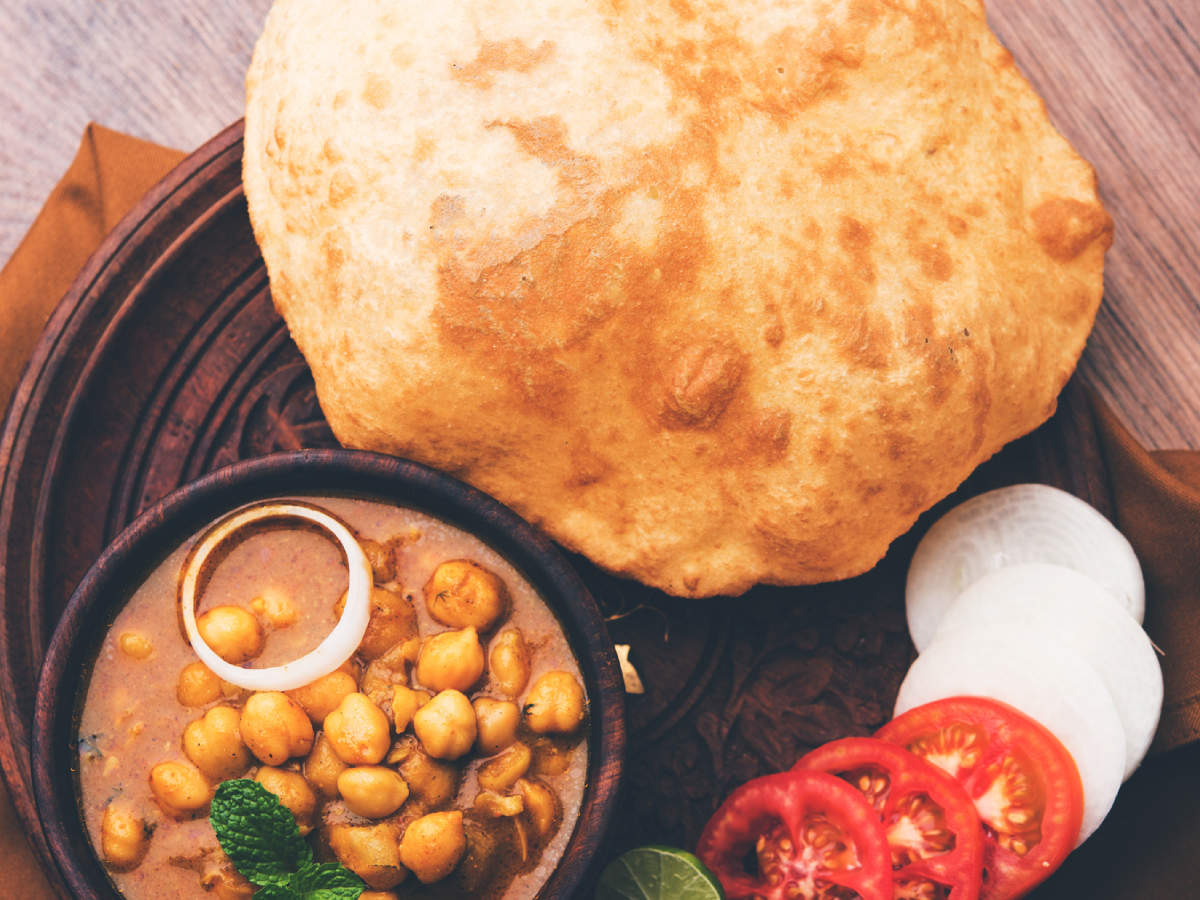
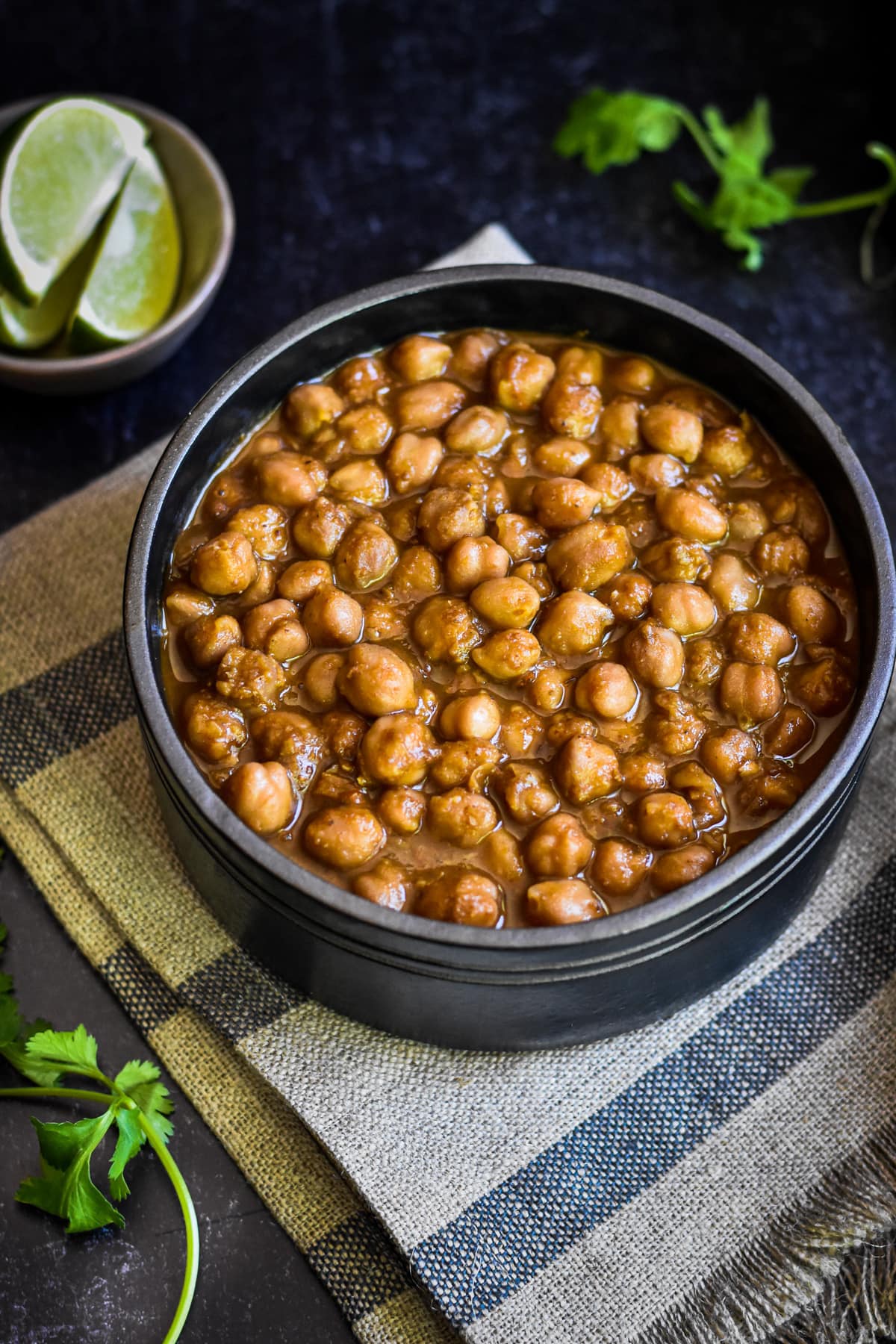



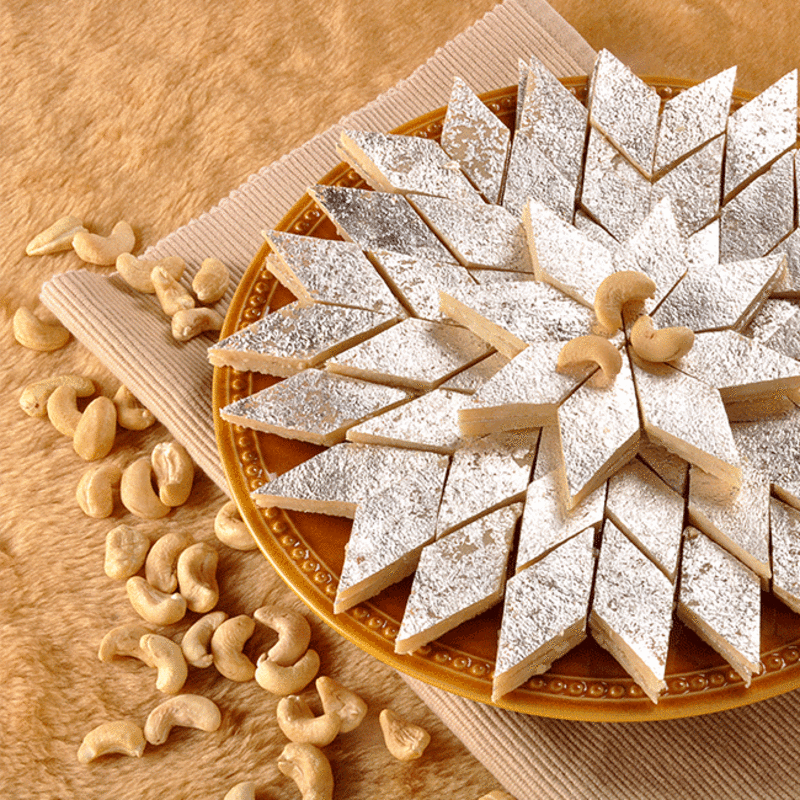
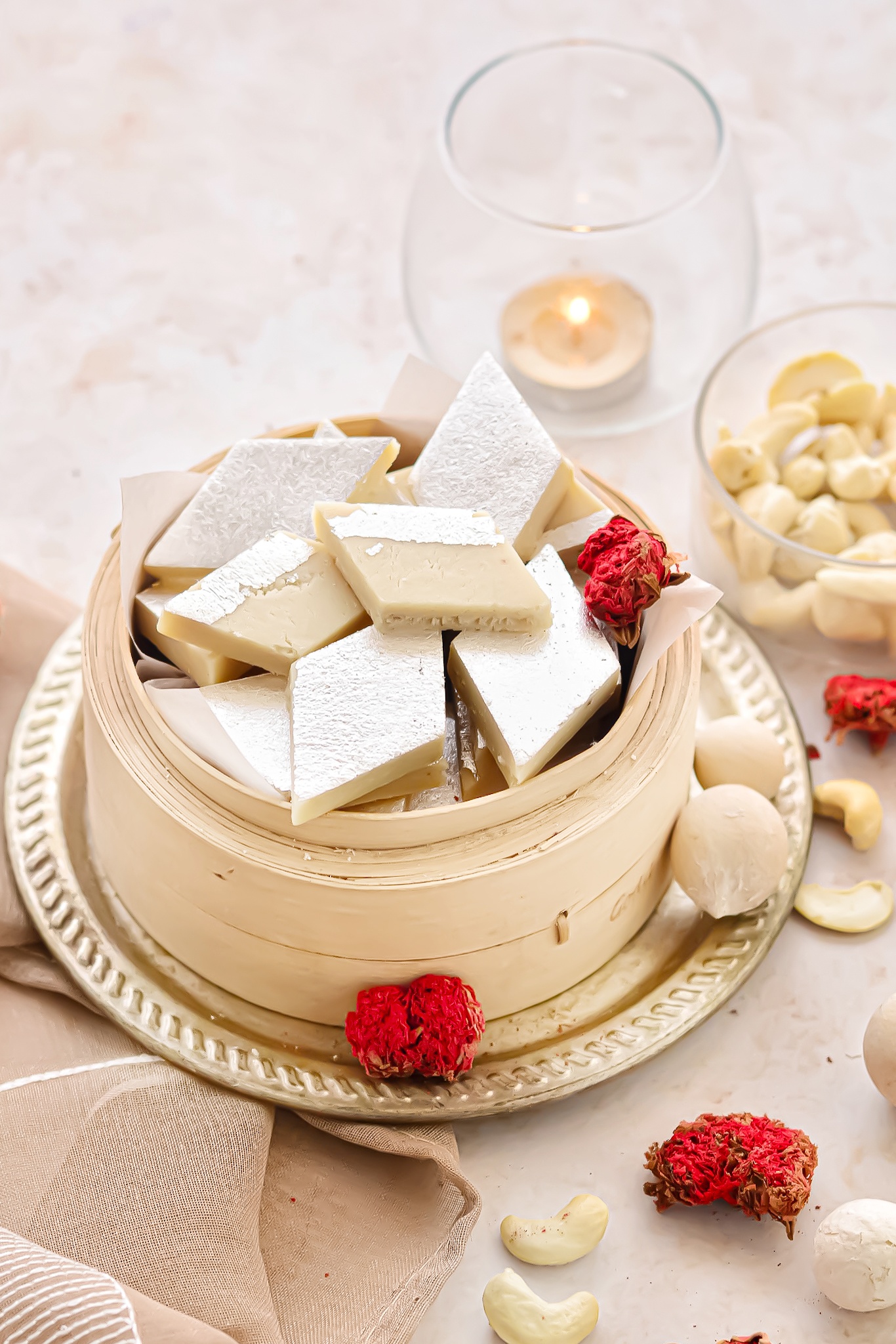

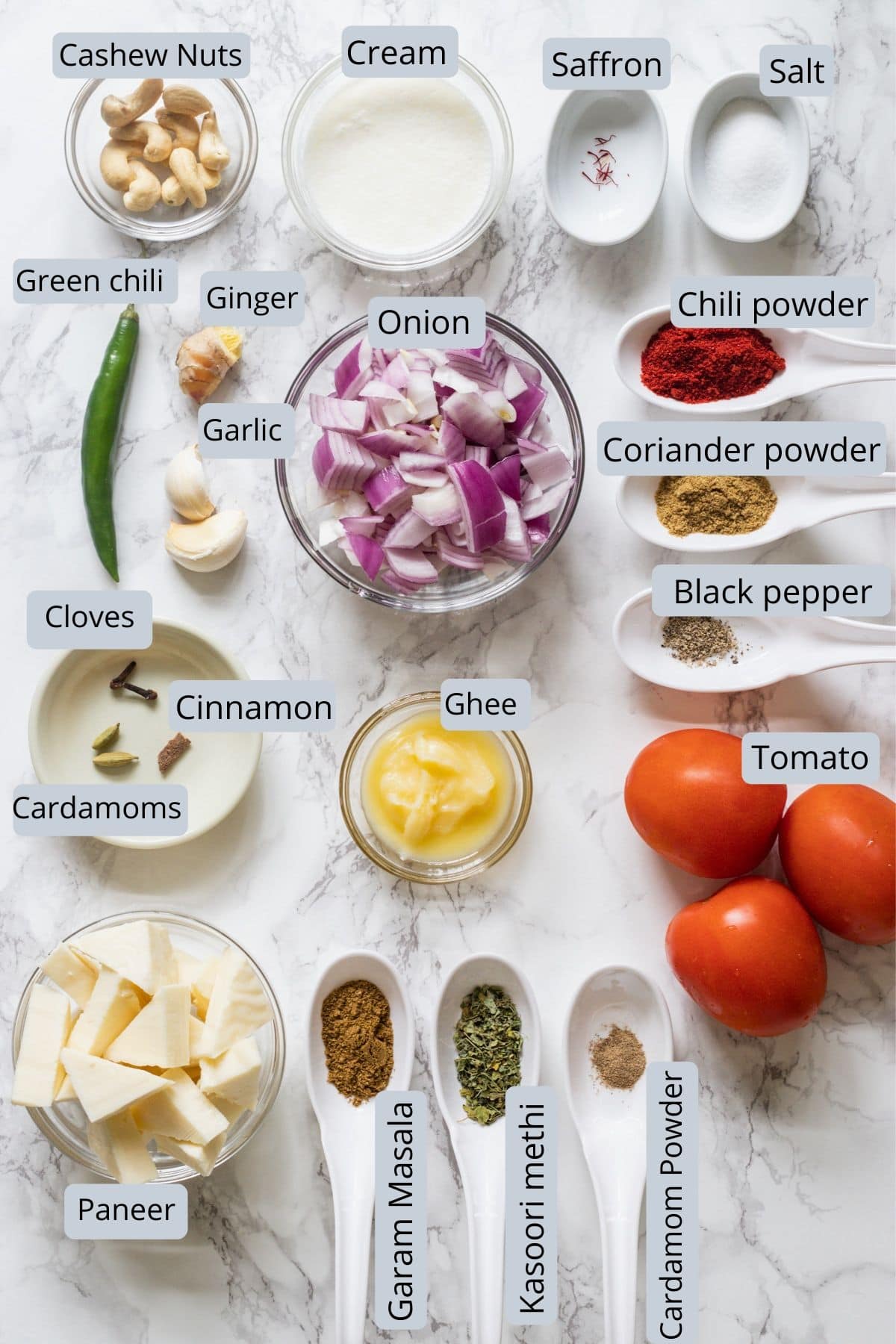
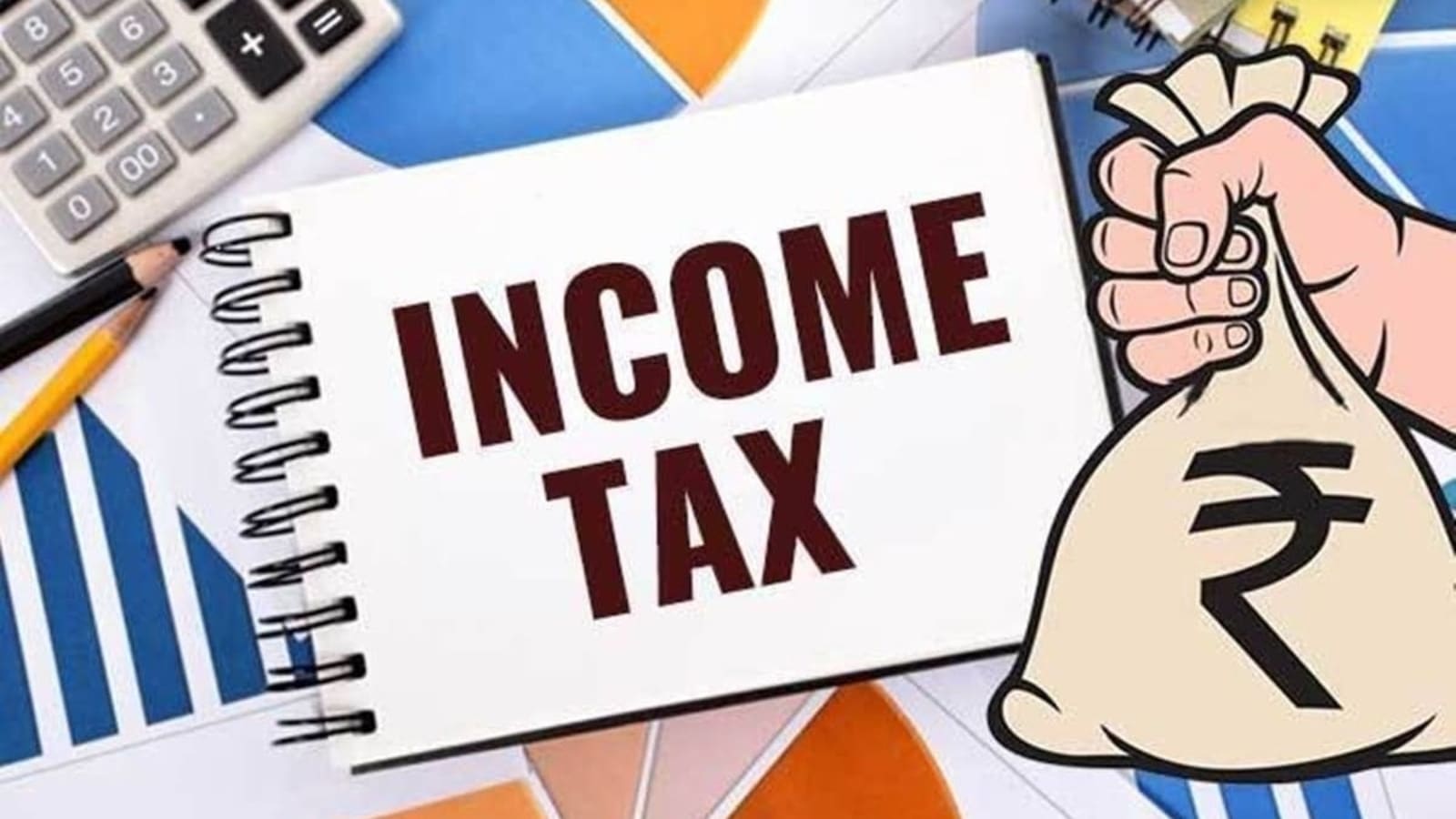
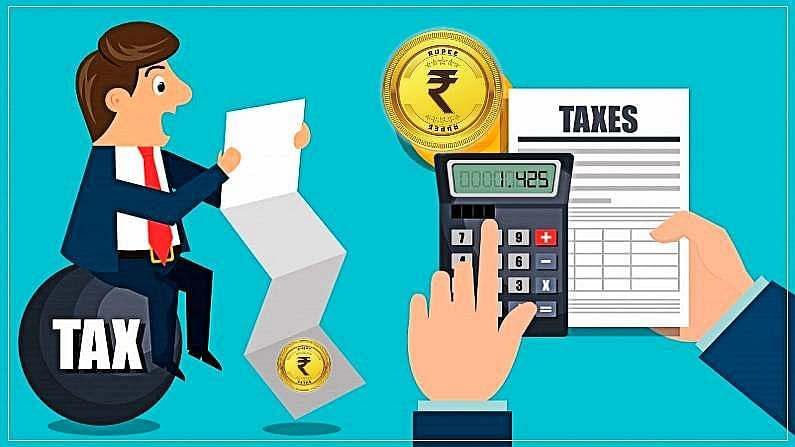
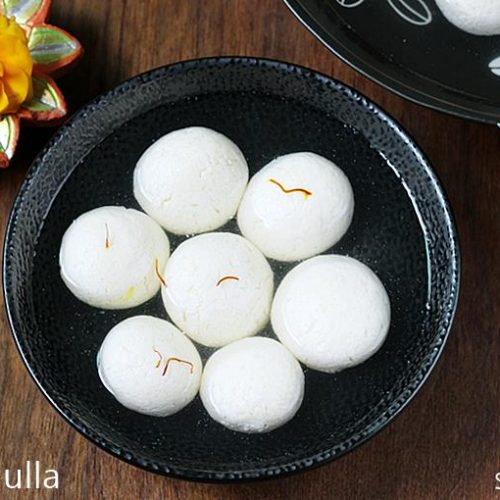
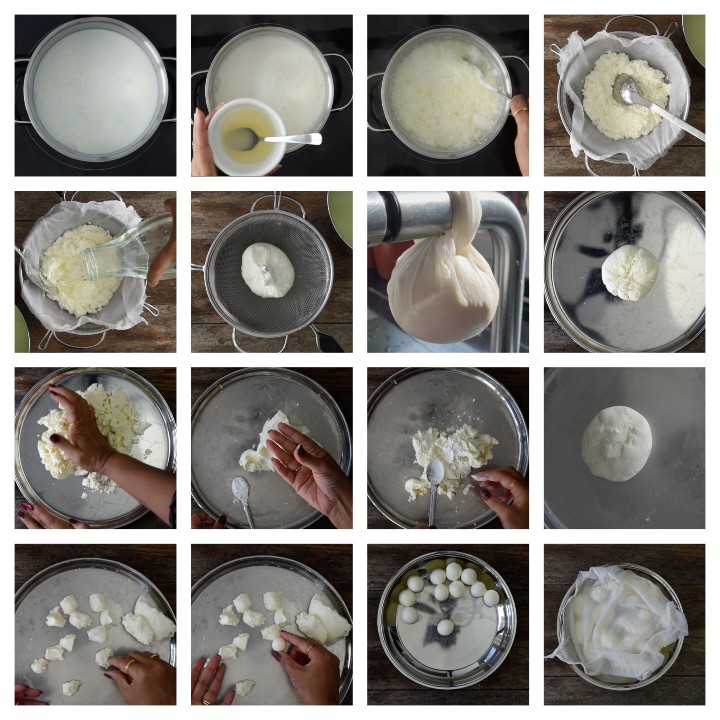




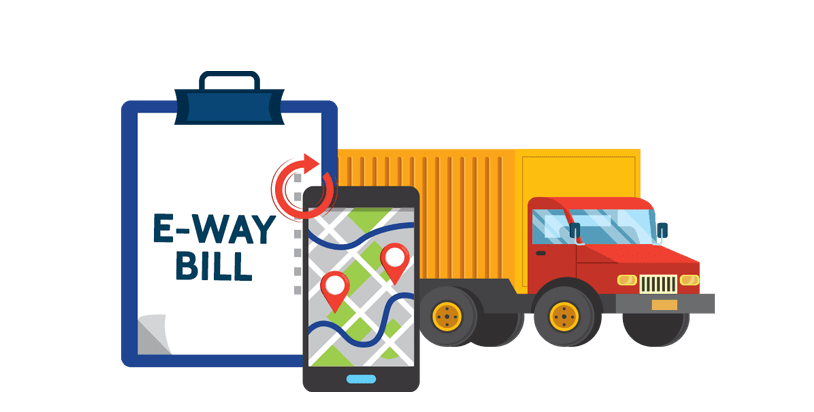

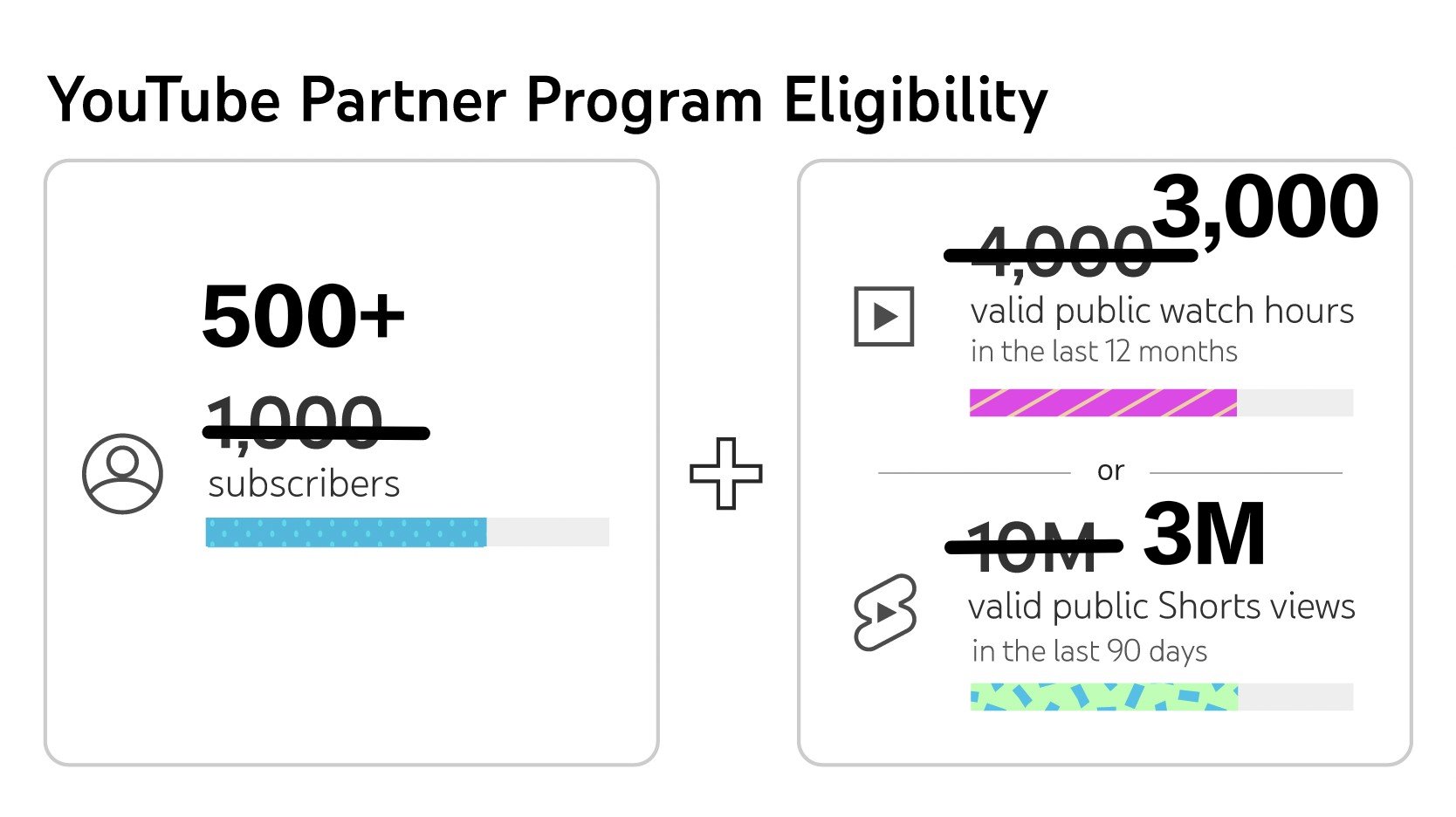


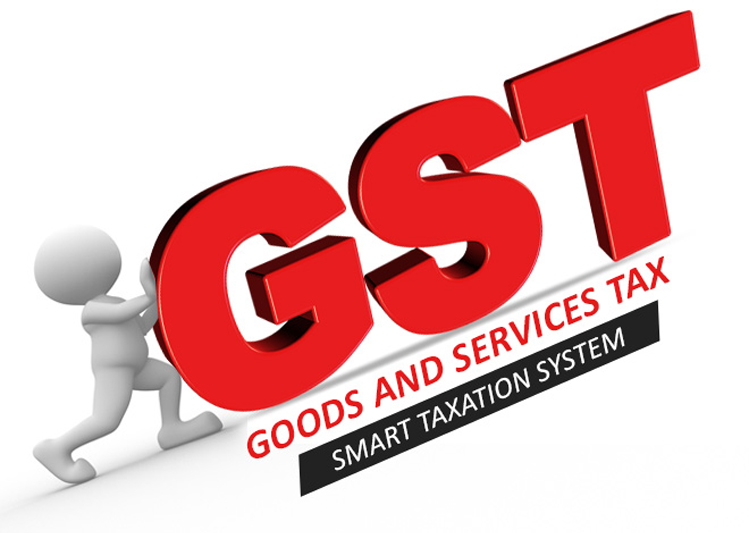
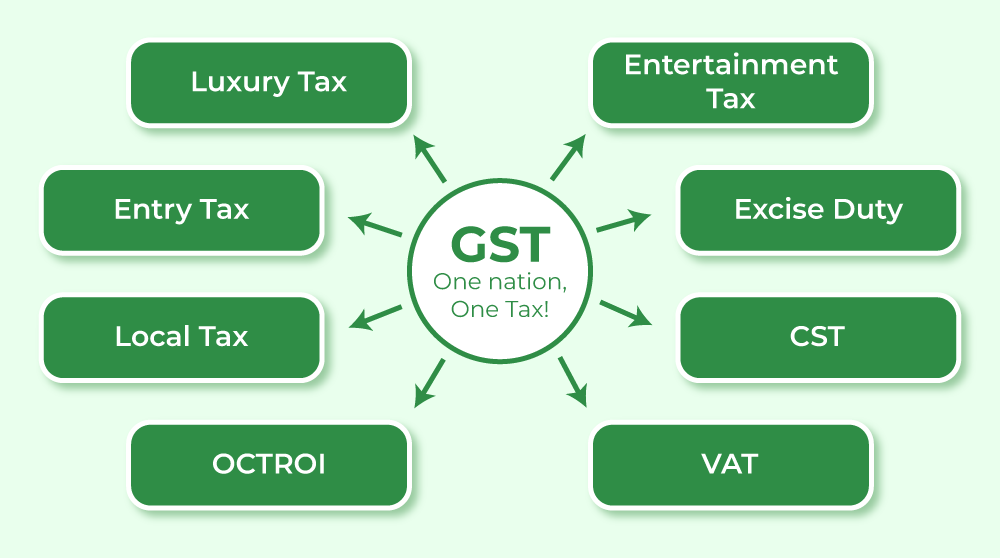









.jpg)
.jpg)
%20(1).jpg)
.jpg)